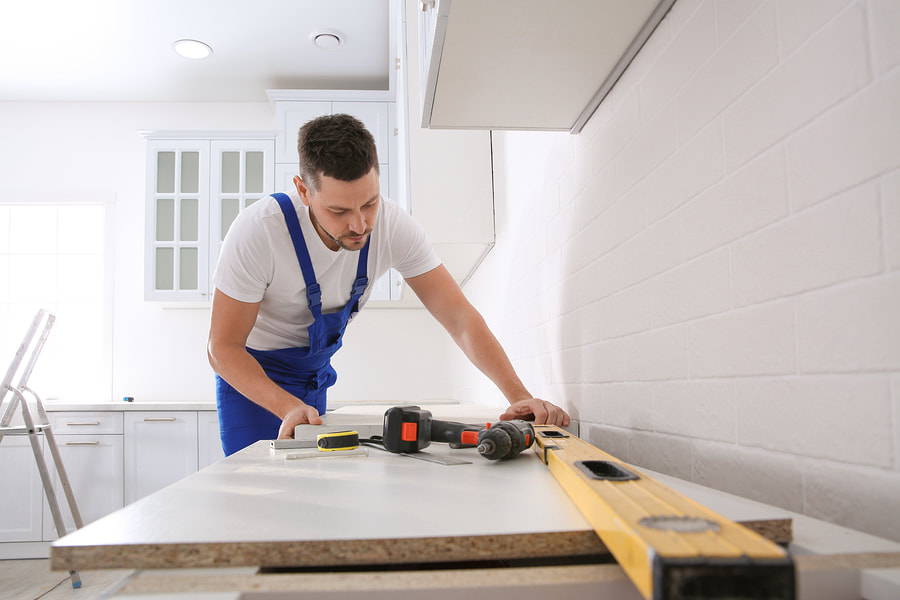
The Refrigerant Handling Safety Process
When the HVAC-R system is keeping your home cool and comfortable, it is easy to assume that everything is working properly. In fact, even if the HVAC system seems to be functioning properly, it can still experience certain internal issues. The cooling system of the HVAC unit should be working properly to make your home comfortable during the hot and humid summer. R22 or Freon is a popular refrigerant used in HVAC-R systems for many decades. R22 is an HCFC or Hydrochlorofluorocarbon which has chlorine molecules in it. Chlorine can negatively impact the ozone layer of the planet. Hence, R22 can pose a health hazard to both the occupants of the building as well as the environment when not dealt with properly. Although R22 was initially thought to be ideal for cooling applications, it was found to be damaging to the environment in 1987. The Montreal Protocol of 1987 initiated a stage by stage phasing out of the substance due to this reason. This article provides information on the refrigerant handling safety process.

The Montreal Protocol of 1987 stated that Freon should be phased out of production and use by the beginning of 2020. The substance is already banned from being used in new HVAC-R systems on the market. But it is still manufactured in limited quantities to cater to the old HVAC systems out there. But with the final stage of the phasing out nearing, you won’t be able to find R22 even for servicing the old units after the beginning of 2020. R22 is just one example of the threat posed to your health and the environment by refrigerants. Most of the chlorofluorocarbons and hydrochlorofluorocarbons are dangerous to your health as well as the environment you live in. There are many instances where HVAC technicians have been using illegal and unapproved refrigerants for Freon. Most of the time, these substances have been causing explosions that have injured the technician as well as the occupants of the building. That is why it is important to adhere to the refrigerant handling safety process at all times when dealing with an HVAC-R refrigerant. On the other hand, even the approved refrigerants from http://www.bluonenergy.com could cause various injuries to the occupants of the building when handled in an irresponsible manner. Exposure to these refrigerants can result in skin problems, breathing issues, injuries, and even death when the proper safety measures are not taken in advance.
There are many things to consider when ensuring the refrigerant safety in your building. The first thing you should do is to ensure that the AC or chiller system is properly protected. In fact, the area that houses the system should be in safe working order and protected from anyone accidentally colliding with the equipment. You should make sure that all equipment that uses refrigerants is properly labeled in order to prevent outside interference. The AC and HVAC rooms should be accessed only by authorized persons in your organization. The area should be kept free of any debris and properly lit. This is important to allow a safe working environment for the technicians who maintain the systems.
On the other hand, you should install a monitoring system that will alarm the authorities and relevant personnel if there is a sudden refrigerant leak. You should provide proper safety measures in the relevant area such as eyewash stations, emergency communication devices, fire extinguishers, first aid kits, and any other safety measure that seems appropriate. Ventilation pipes and exhaust fans are important to maintain the proper temperature levels in the area. Even though most of the refrigerants are non-toxic in nature, they are heavier than air and will replace oxygen in the area in case of a leak. In fact, these refrigerants will pose a serious asphyxiation threat in case they start to leak undetected.
That is why it is important that you hire professional and experienced HVAC-R technicians to work and maintain the systems in your building. The building owner isn’t the only one responsible for refrigerant safety issues. The technician has an important part to play in the safe handling of refrigerants in your office or warehouse. That is why you should be working with the right HVAC technician in the area at all times. Technicians should make sure that they use the right protective gear as well as the tools to protect your establishment during a refrigerant leak. The protective gear and equipment should be inspected on a regular basis for proper functioning and safety. There are many important things that the technicians could do in order to prevent refrigerant leaks and accidents on your premises. Here are some things to consider in this regard.
. The technicians should be fully qualified and knowledgeable about the latest safety measures and trends in the industry. They should have the appropriate certifications and training in the industry.
. If any HVAC unit needs your attention, you should ensure that the power is disconnected before you handle the system.
. Make sure the space where the HVAC equipment is stored is always ventilated. Test the atmosphere of an enclosed space before you begin any work in the area.
. Make sure you lock out the disconnects with the right type of lockout devices.
. Don’t apply direct heat at any time to a closed HVAC system that consists of a refrigerant.
. Open the valves of the equipment and check if they are likely to release vapor.
. Don’t fill the refrigerant cylinder more than 80% of its refrigerant capacity.
. Monitor the operating pressure of the unit by using gauges.
. In case you plan to disassemble a system, you should make sure that the refrigerant is removed and the pressure is 0 PSI.
. All refrigerants should be properly disposed of. Releasing such a substance to the atmosphere is an offense. These are some of the most important safety measures to use when you are dealing with an HVAC-R refrigerant.



